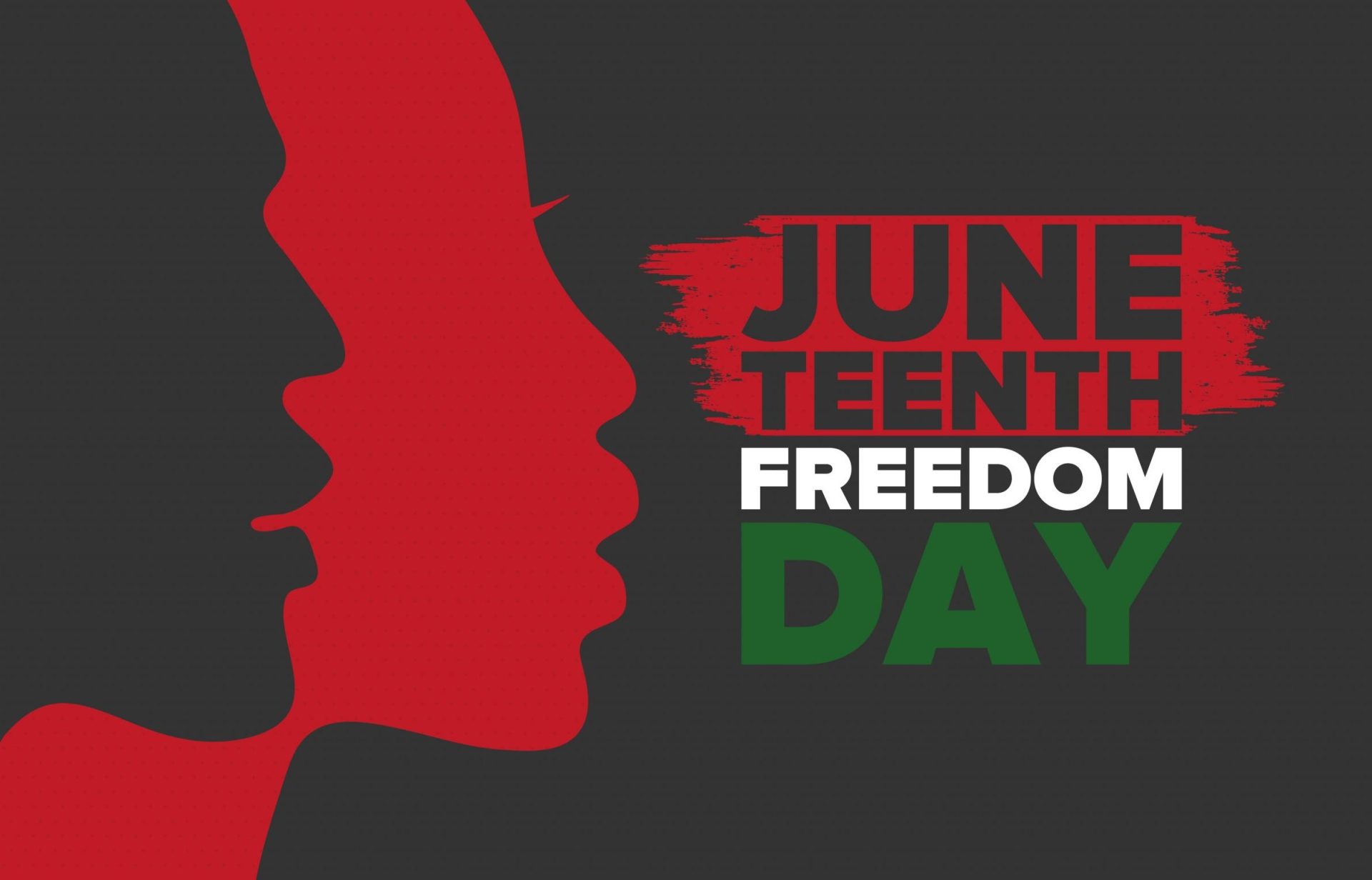A decade-long journey through America’s healthcare system reveals troubling patterns in recognizing and treating heart disease in Black women. Despite cardiovascular disease being the leading cause of death among women, many continue to face delayed diagnoses, misdiagnosed symptoms, and inadequate medical attention. This systemic failure endangers lives, highlighting crucial inequities in healthcare delivery.
The path to diagnosis is often riddled with dismissals of serious symptoms. Many Black women seeking medical attention for issues such as persistent fatigue, chest discomfort, and shortness of breath are told their symptoms are due to stress, anxiety, or weight-related concerns. This pattern of misdiagnosis creates dangerous delays in treatment, increasing the risk of life-threatening complications.
The dangerous cycle of misdiagnosis
For many Black women, the journey to a correct diagnosis takes far too long. Symptoms that should immediately raise red flags are often minimized or attributed to less serious conditions. The result is a dangerous cycle in which patients repeatedly visit doctors, seeking answers that never come.
One of the most significant concerns is how cardiovascular disease presents in women. Unlike the stereotypical image of a heart attack—sudden chest pain and collapse—women’s symptoms can be more subtle. Pain may radiate to the jaw, back, or arms, or manifest as nausea, dizziness, or overwhelming fatigue. These differences in presentation contribute to the medical community’s failure to recognize early warning signs in female patients.
The importance of early intervention
Early detection can mean the difference between life and death, yet many Black women do not receive timely intervention. By the time some patients are accurately diagnosed, they already have advanced arterial blockages requiring urgent surgical procedures. This raises the critical issue of preventive care and the need for healthcare providers to take symptoms seriously before they escalate into emergencies.
Access to specialized cardiac care also remains a significant challenge. Many women must advocate aggressively for referrals to cardiologists or demand additional testing when their symptoms are brushed aside. This underscores the importance of self-advocacy in navigating a healthcare system that too often overlooks or misinterprets their concerns.
The aftermath of treatment and the push for change
For those who undergo life-saving cardiac procedures, the recovery process often becomes a turning point. Many survivors transform their experiences into advocacy, working to raise awareness about disparities in cardiac care. Their voices are crucial in pushing for systemic changes that can prevent future cases of medical neglect.
The fight for equity in heart disease treatment goes beyond individual cases. Advocates are calling for increased research focused on how cardiovascular disease uniquely affects Black women, more widespread public health campaigns tailored to at-risk populations, and policy changes to ensure medical institutions prioritize equitable care.
What medical professionals need to do differently
Addressing these disparities requires a shift in medical education and practice. Physicians must be trained to recognize the diverse ways heart disease manifests across different demographics. Routine screenings and preventive measures should be expanded, particularly for Black women who are at higher risk of developing cardiovascular conditions.
Healthcare institutions must also work toward eliminating implicit bias in medical decision-making. Studies have shown that Black patients often receive lower levels of pain management and treatment for chronic conditions compared to white patients. These biases, whether conscious or not, contribute to the current healthcare crisis and must be actively addressed.
Moving toward a healthier future
The fight for equitable cardiac care continues as healthcare advocates push for systemic change. Success will require continued efforts to educate medical professionals, empower patients, and remove barriers to quality treatment. By improving awareness, expanding preventive care, and ensuring all patients receive comprehensive medical attention, the healthcare system can take meaningful steps toward reducing disparities in heart disease treatment.
Through persistence and advocacy, a future where all women—regardless of race—receive the medical care they need is possible. The time for change is now.














